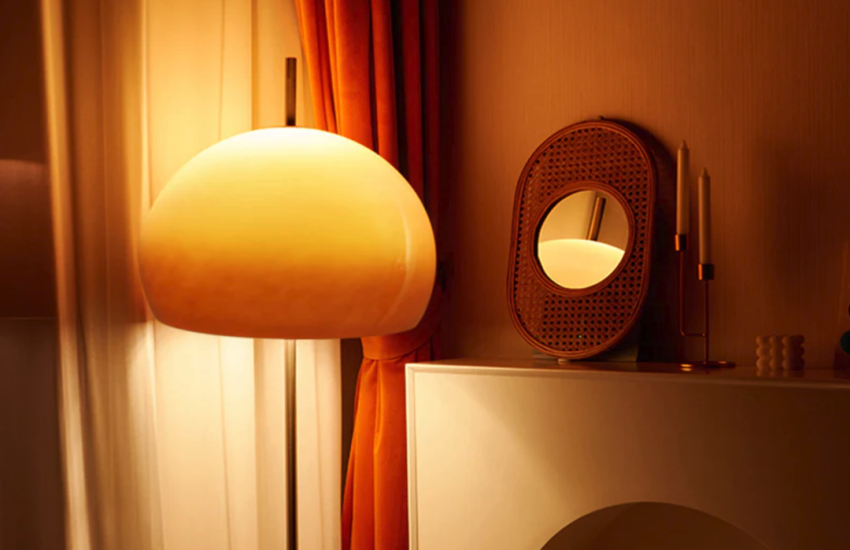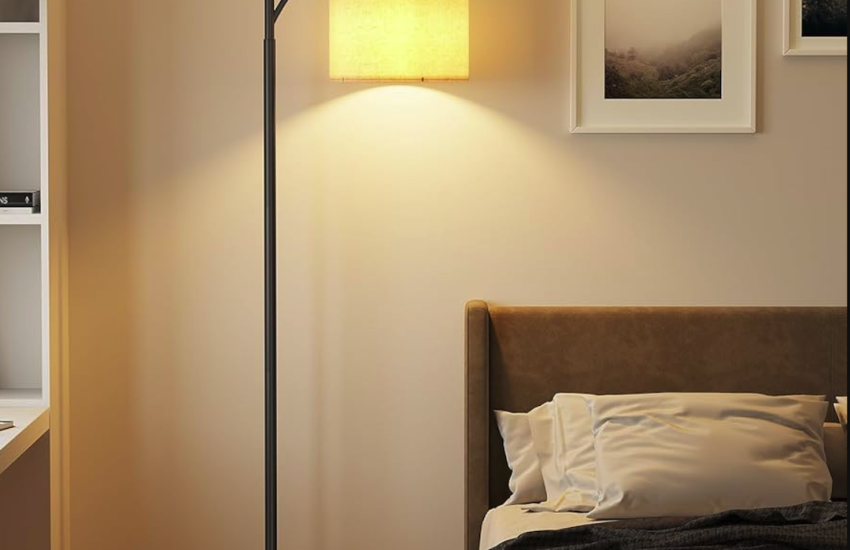
Introduction
Japanese paper lampshades have a long history and are known for their simple yet elegant design. These paper lanterns are commonly found in traditional Japanese homes and restaurants, but their popularity has spread to the rest of the world due to their aesthetic appeal and cultural significance. In this article, we will discuss the history and design of Japanese paper lampshades, as well as their modern applications and popularity.
History of Japanese Paper Lampshades
The use of paper lamps in Japan can be traced back to the 7th century when Chinese Buddhist monks brought them over from China. At that time, they were called “bonbori” and were used for religious ceremonies. Over time, the use of paper lamps expanded and they became popular in households as a source of soft, ambient light.
The peak popularity of Japanese paper lamps occurred during the Edo period (1603-1868), when the culture of traditional Japanese architecture flourished. The lampshades were used to complement the delicate and minimalist interior design of Japanese houses. They were often decorated with various motifs, such as cherry blossoms, fish, and dragons, which added a touch of elegance and beauty to the lampshades.
Design of Japanese Paper Lampshades
Japanese paper lampshades are traditionally made from “washi,” which is a handmade paper made from mulberry fibers. Washi is known for its strength and durability, as well as its ability to diffuse light in a soft and natural way. The paper is often dyed with natural pigments to create a warm and inviting ambiance.
The design of Japanese paper lampshades is simple yet sophisticated. They are usually cylindrical or spherical in shape, with a frame made of bamboo or wire. The paper is then attached to the frame and carefully folded to create a geometric pattern. The resulting lampshade is both functional and aesthetically pleasing, with a natural beauty that is unique to Japan.
Modern Applications and Popularity
Today, Japanese paper lampshades are popular around the world and can be found in a variety of settings, from homes to restaurants and hotels. They are especially popular in minimalist and eco-friendly homes, as their use of natural materials and soft light complements these design styles. Many modern Japanese paper lampshades also incorporate LED lights, which adds to their energy efficiency.
In addition to their functional uses, Japanese paper lampshades also have a cultural significance. They are often used in Japanese festivals and events, such as the famous “Yamagata Hanagasa Festival,” where thousands of dancers parade the streets carrying lanterns.

